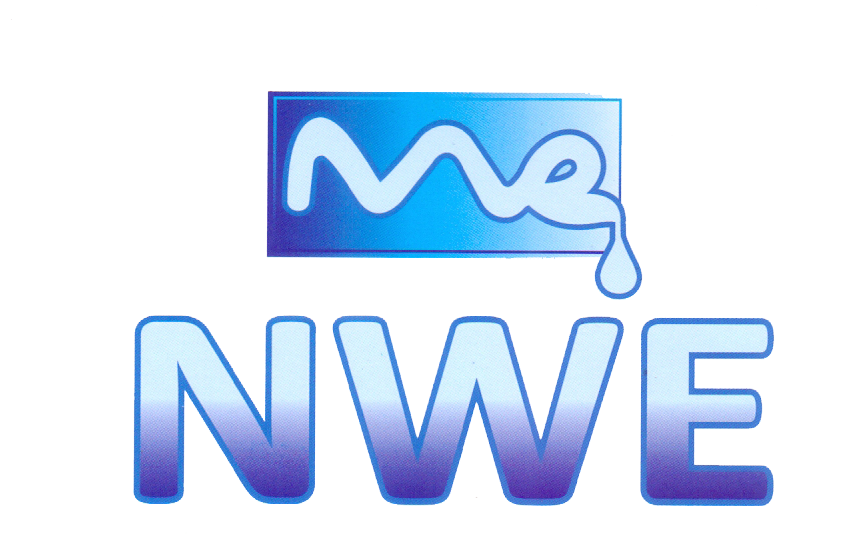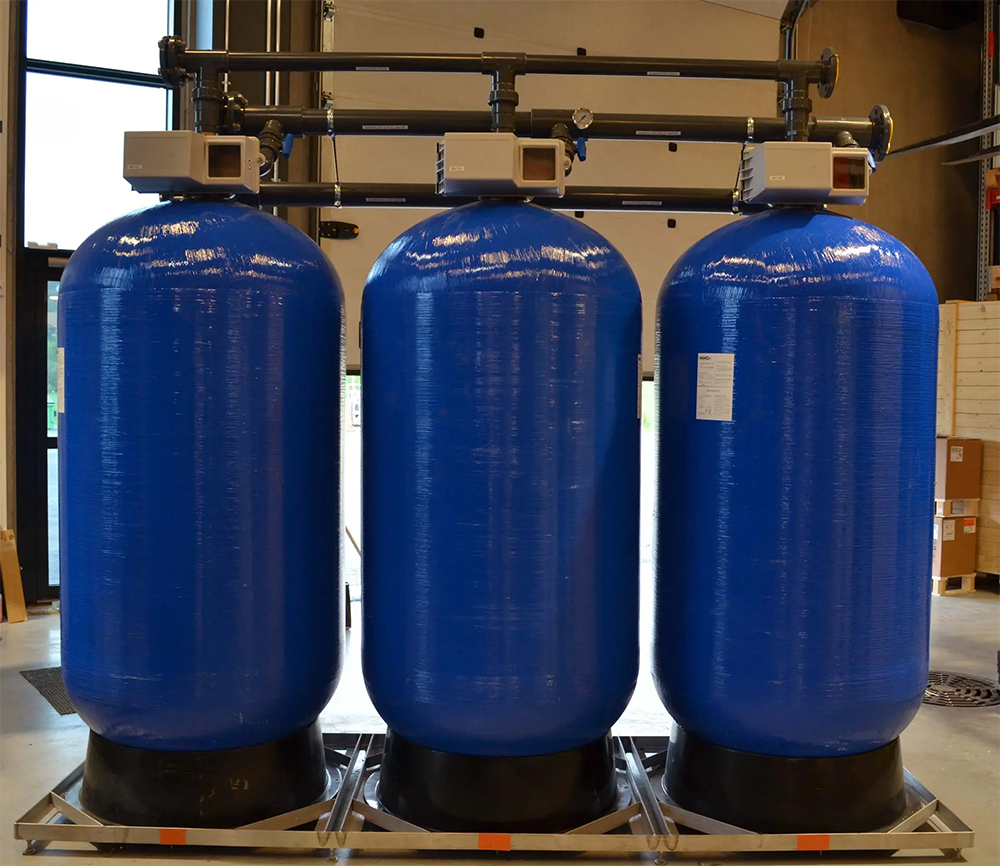
Phone Number
021-35893018
0315-2950000
Send Your Mail
info@nwepk.org

021-35893018
0315-2950000
info@nwepk.org

Purpose of a Multi Media Filter
A Multi Media Filter is used to reduce the level of suspended solids (turbidity) in incoming feed water. Suspended solids consist of small particles such as silt, clay, grit, organic matter, algae and other microorganisms. Incoming feed water that is high in suspended solids can cause a high pressure drop and reduce the effectiveness of downstream filtration equipment such as reverse osmosis membranes and ion exchange beds.
When is a Multi Media Filter required?
A multi media filter is suggested when the Silt Density Index (SDI) value is greater than 3 or when the turbidity is greater than 0.2 NTU. There is no exact rule, but the above guidelines should be followed to prevent premature fouling of RO membranes.
How does a Multi Media Filter work?
A Multi-‐Media Filter typically contains three layers of media consisting of anthracite coal, sand and garnet, with a supporting (non filtering) layer of gravel at the bottom. These are the medias of choice because of the differences in size and density. The larger (but lighter) anthracite coal will be on top and the heavier (but smaller) garnet will remain on the bottom. The filter media arrangement allows the largest dirt particles to be removed near the top of the media bed with the smaller dirt particles being retained deeper and deeper in the media. This allows the entire bed to act as a filter allowing much longer filter run times between backwash and more efficient particulate removal
A well operated Multi Media Filter can remove particulates down to 15- 20 microns. A Multi Media Filter that uses a coagulant addition (which induces tiny particles to join together to form particles large enough to be filtered) can remove particulates down to 5-‐10 microns. To put this in perspective, the width of a human hair is around 50 microns.
NWE has numerous vessels in various configurations that can be used as multi-media systems. We have over 20 years of experience in designing remediation systems for a wide range of project sizes, contaminants, and geographic locations.

Designed By Web Links
Copyright © 2022. All rights reserved. NATIONAL WATER ENGINEERIN